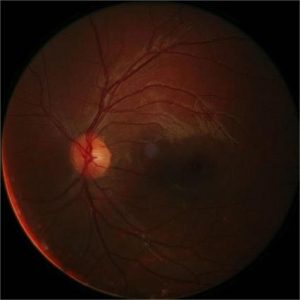Featured Products
Explore Products
- In-Stock Tumor Cell Lines
- Human Orbital Fibroblasts
- Human Microglia
- Human Pulmonary Alveolar Epithelial Cells
- Human Colonic Fibroblasts
- Human Type II Alveolar Epithelial Cells
- Human Valvular Interstitial Cells
- Human Thyroid Epithelial Cells
- C57BL/6 Mouse Dermal Fibroblasts
- Human Alveolar Macrophages
- Human Dermal Fibroblasts, Adult
- Human Lung Fibroblasts, Adult
- Human Retinal Muller Cells
- Human Articular Chondrocytes
- Human Retinal Pigment Epithelial Cells
- Human Pancreatic Islets of Langerhans Cells
- Human Kidney Podocyte Cells
- Human Renal Proximal Tubule Cells



 The ARPE19 cell line, derived from a 19-year-old male, is a spontaneously immortalized retinal pigment epithelial (RPE) cell line that closely mimics in vivo RPE properties. Adherent and culturable for over 30 passages, these cells demonstrate morphological polarization and tight junction formation on laminin-coated filters with low serum concentration, resulting in substantial transepithelial resistance. They express RPE-specific markers CRALBP and RPE-65, indicating stable, polarized monolayers. Compared to other RPE lines, ARPE19 has lower transepithelial resistance and RPE gene expression. With a doubling time of 55-65 hours and 48 population doublings, it exhibits elevated gene expression related to chromatin regulation, early eye development, and muscle contraction networks in iPSC-RPE.
The ARPE19 cell line, derived from a 19-year-old male, is a spontaneously immortalized retinal pigment epithelial (RPE) cell line that closely mimics in vivo RPE properties. Adherent and culturable for over 30 passages, these cells demonstrate morphological polarization and tight junction formation on laminin-coated filters with low serum concentration, resulting in substantial transepithelial resistance. They express RPE-specific markers CRALBP and RPE-65, indicating stable, polarized monolayers. Compared to other RPE lines, ARPE19 has lower transepithelial resistance and RPE gene expression. With a doubling time of 55-65 hours and 48 population doublings, it exhibits elevated gene expression related to chromatin regulation, early eye development, and muscle contraction networks in iPSC-RPE.